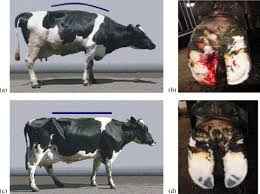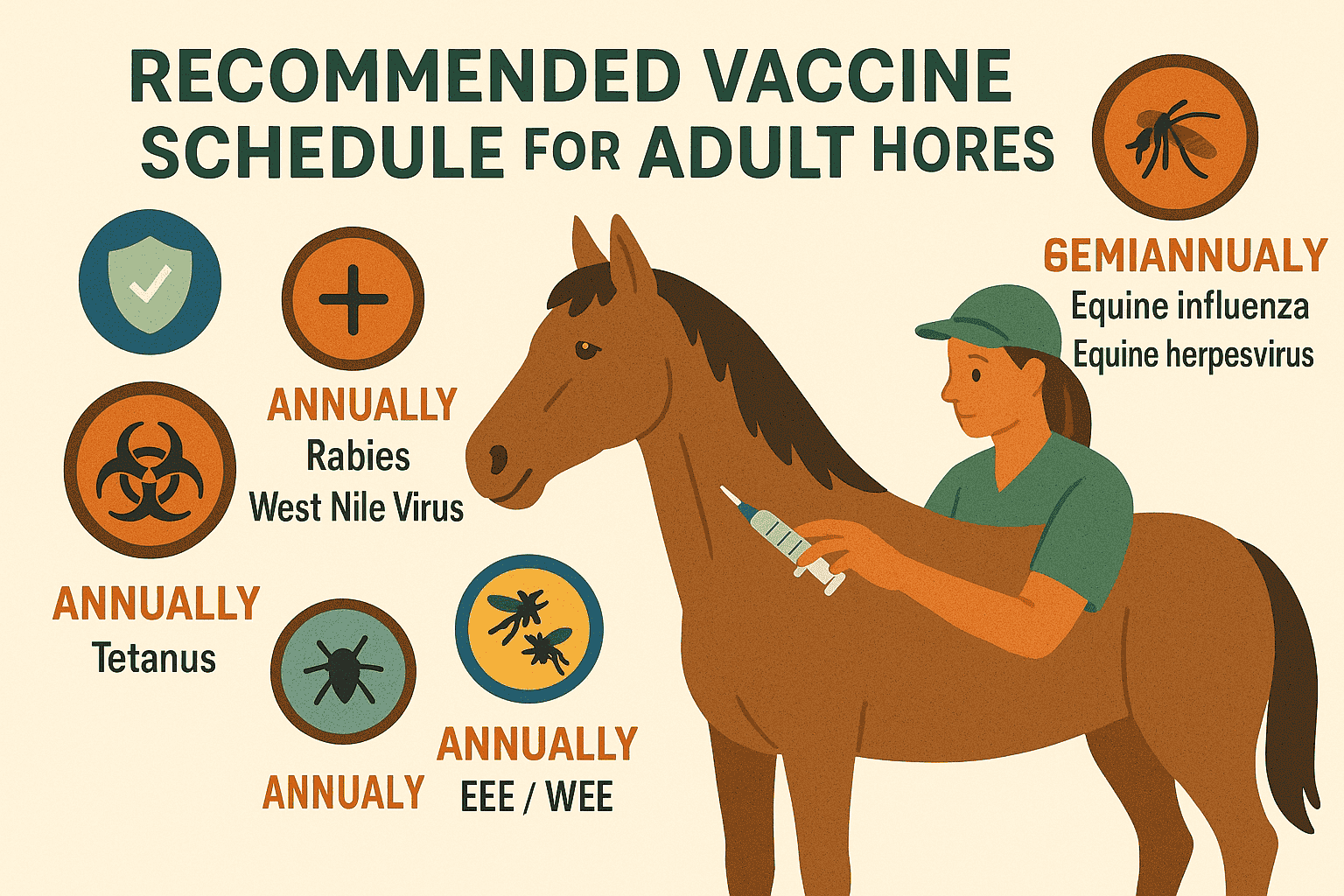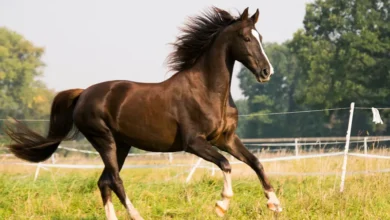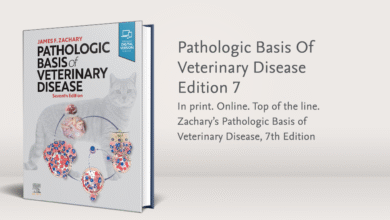Lameness in Cattle
Exploring the Link Between Digital Cushion Thickness and Lameness in Dairy Cows

Lameness in dairy cattle: A debilitating disease or a disease
of debilitated cattle? A cross-sectional study of lameness
prevalence and thickness of the digital cushion
Abstract:
Lameness in dairy cattle is a significant concern due to its impact on animal welfare and economic losses in the dairy industry. This study aimed to investigate the relationship between claw horn lesions and the thickness of the digital cushion in lactating Holstein cows.
Study Overview:
A total of 501 lactating Holstein dairy cows were enrolled in this observational cross-sectional study. The researchers assessed the prevalence of sole ulcers, white line disease, and overall lameness (defined as a locomotion score ≥3). Additionally, they measured the thickness of the digital cushion using ultrasonographic examination of the sole at the typical ulcer site.
Key Findings:
- Prevalence of Lameness and Claw Horn Lesions:
- Sole ulcers: 4.2% in parity 1 cows and 27.8% in cows with greater than one parity.
- White line disease: 1.0% in parity 1 cows and 6.5% in cows with greater than one parity.
- Overall lameness: 19.8% in parity 1 cows and 48.2% in cows with greater than one parity.
- Association Between Digital Cushion Thickness and Lameness:
- Cows in the upper quartile of digital cushion thickness had an adjusted prevalence of lameness 15 percentage points lower than those in the lower quartile.
- Digital cushion thickness decreased steadily from the first month of lactation, reaching its lowest point 120 days after parturition.
- Body Condition Score (BCS) and Digital Cushion Thickness:
- A positive association was found between BCS and digital cushion thickness. Cows with higher BCS had thicker digital cushions, which may contribute to better cushioning and reduced risk of lameness.
- Ultrasonographic Findings:
- The mean gray value of the sonographic image of the digital cushion had a negative linear association with its thickness, suggesting that changes in the composition of the digital cushion may occur with varying thickness.
Conclusions:
The study supports the concept that sole ulcers and white line abscesses are related to contusions within the claw horn capsule. These contusions are a consequence of the reduced capacity of the digital cushion to dampen the pressure exerted by the third phalanx on the soft tissue beneath. Maintaining an optimal body condition score and ensuring adequate digital cushion thickness are crucial factors in preventing lameness in dairy cattle.
Implications for Dairy Management:
- Monitoring and Maintaining Body Condition:
- Regular assessment of body condition scores can help identify cows at risk of reduced digital cushion thickness and subsequent lameness.
- Ultrasonographic Monitoring:
- Implementing routine ultrasonographic examinations of the digital cushion can aid in early detection of thinning and allow for timely interventions.
- Management Practices:
- Adopting housing systems that minimize stress on the digital cushion and providing appropriate flooring can help maintain digital cushion integrity.
Access the Full Study:
For a comprehensive understanding of the study’s methodology and findings, access the full article here:
👉 Lameness in Dairy Cattle: A Debilitating Disease or a Disease of Debilitated Cattle?



